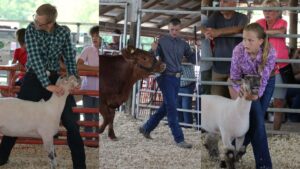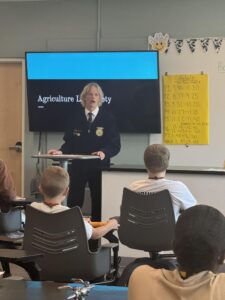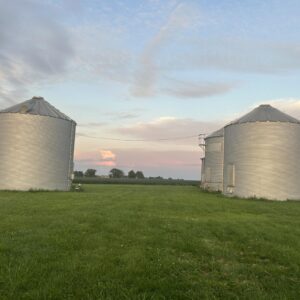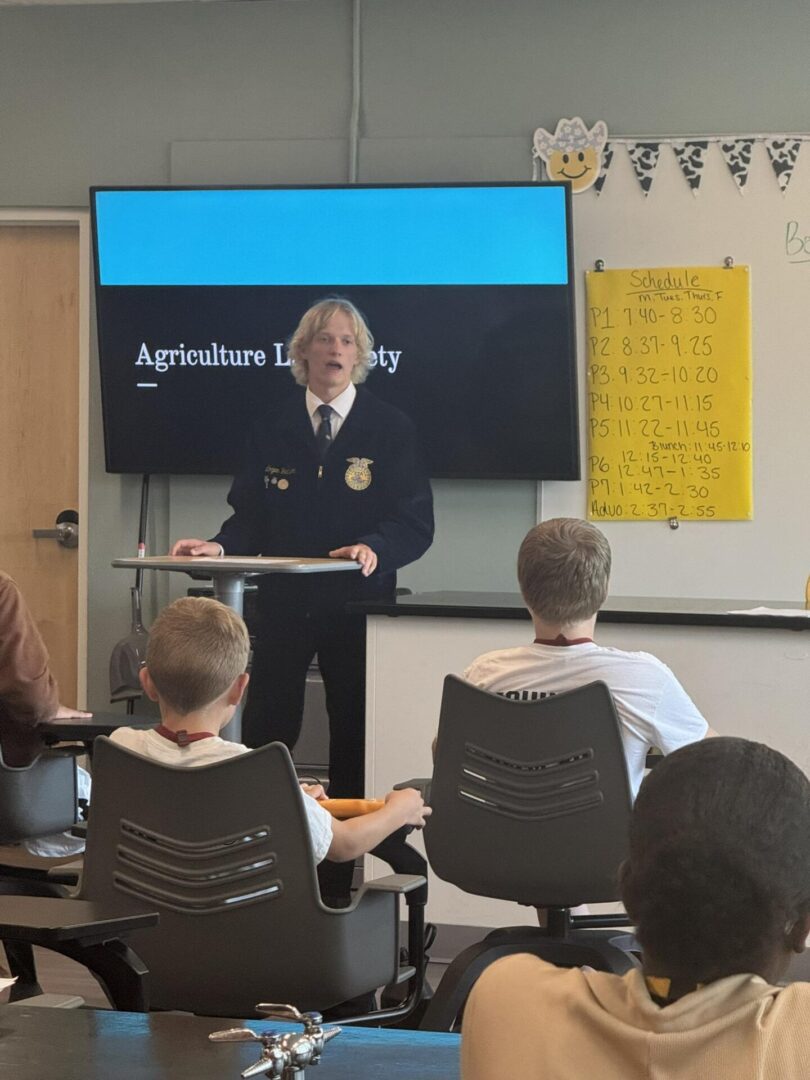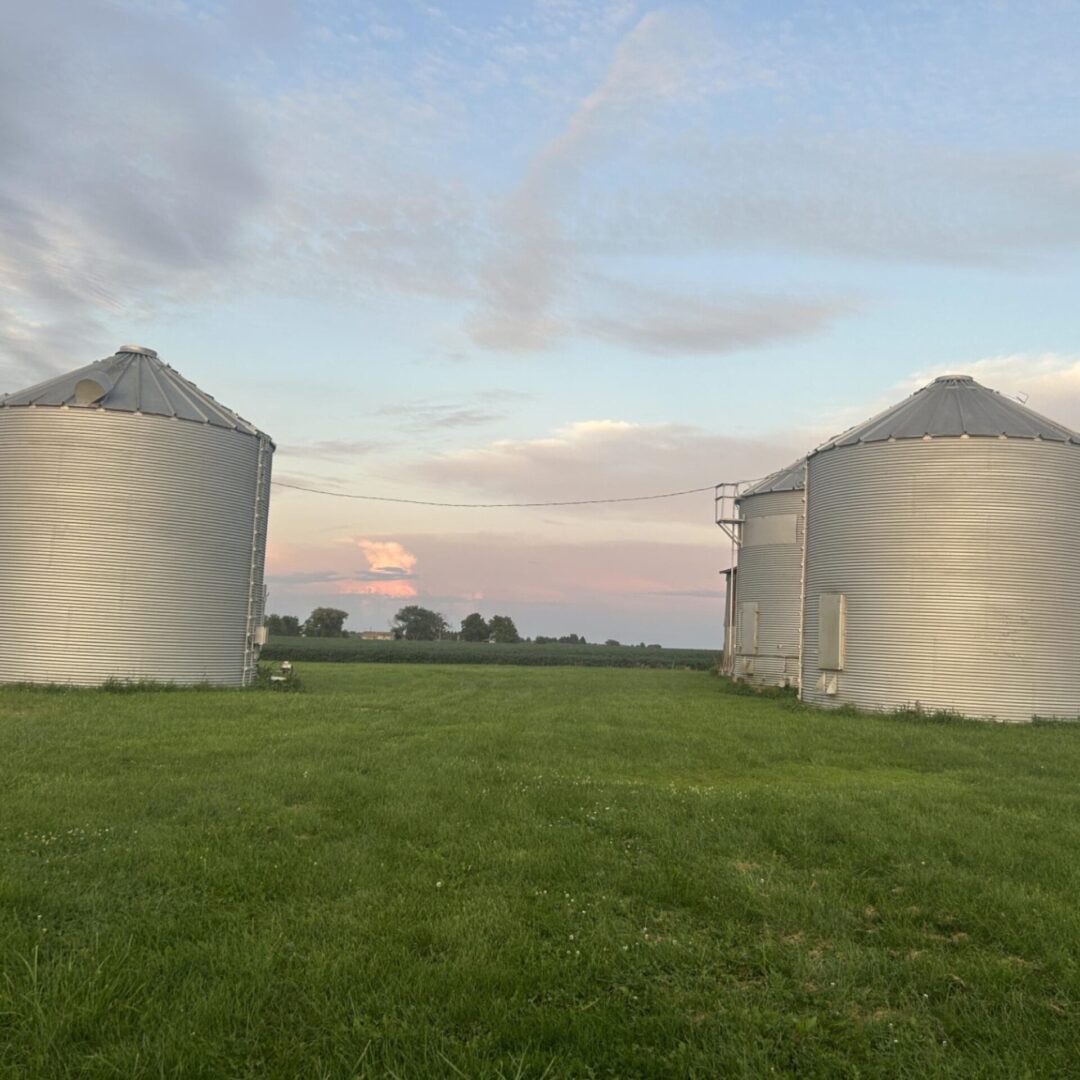The 2024 growing season is underway and already producers are saying it’s been a buggy year. While spring crops are not ahead of normal planting dates, Bayer Crop Science Technical Agronomist Lance Tarchionne says he is noticing a lot of insect damage to the crops from pests.
“Lots of stink bug damage in corn; one of the worst alfalfa weevil years I’ve seen, and, in recent years, probably is the worst stink bug year I’ve seen,” says Tarchionne. “So, if people have noticed stink bugs crawling around in their house, and think bugs just seem to be everywhere, they’re in our fields too, feeding on crop plants and they do some kind of cause some unique damage that people aren’t used to seeing. It’s gotten kind of confused with herbicide injury and some other things that can happen.”
On top of stink bugs, farmers have also been noticing cutworm damage as well. But when it comes to rootworms, Tarchionne says warm conditions in February and March helped some pests develop faster, even the fireflies.
“We were seeing, fireflies earlier than normal this year. We kind of pay attention to that, because the amount of heat units it takes to get fireflies out, flying, blinking, is about the same heat units it takes for corn rootworm eggs to hatch,” says Tarchionne. “So, when you start to see fireflies or lightning bugs, that’s about when Rootworm larvae are starting to feed, and they emerge very early.”
On top of insect pests benefiting from warm winter months, weeds such as Water hemp were able to get an early start.


